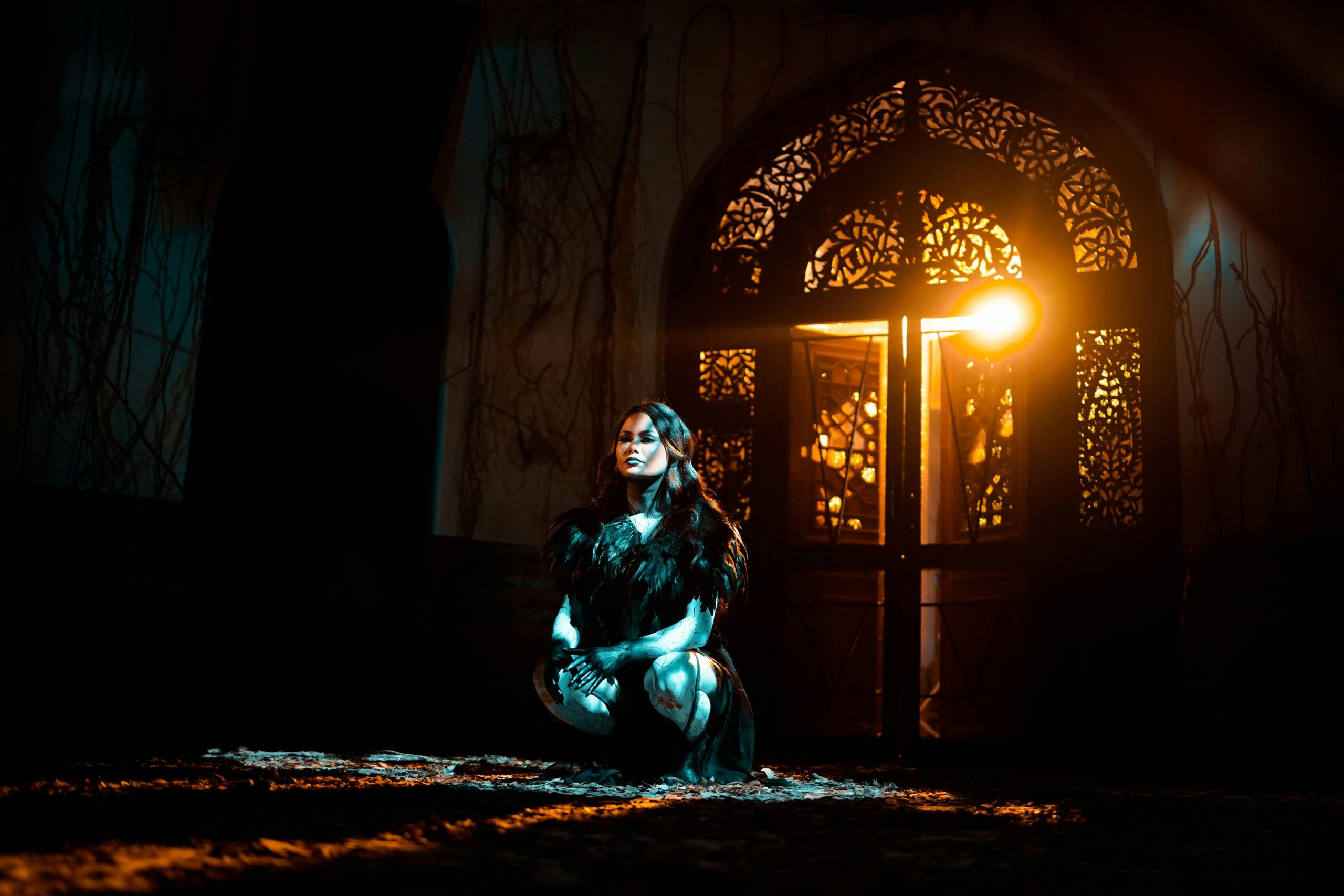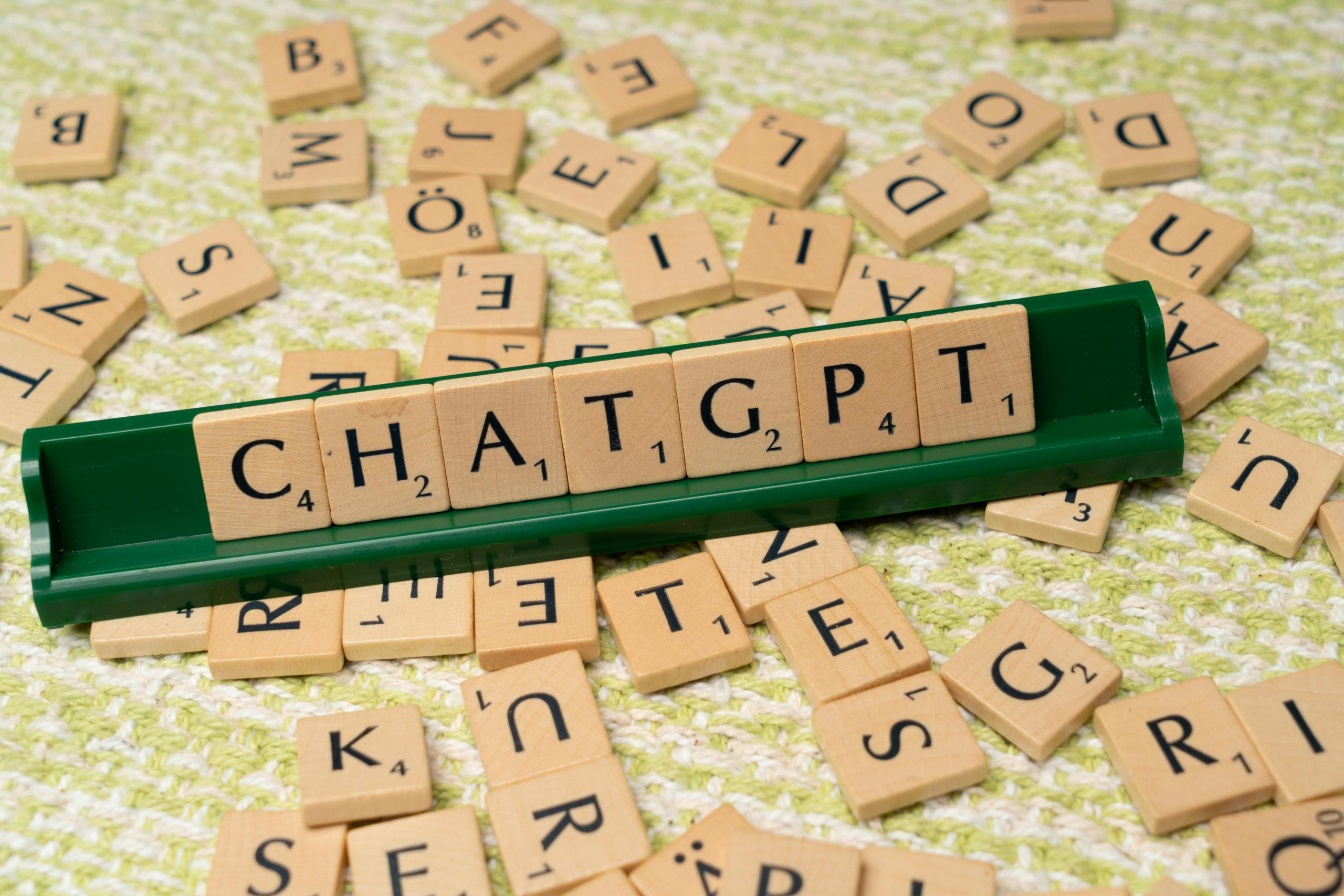How to get ChatGPT to generate place scenes for you.
Unlocking the Power of ChatGPT for Historical and Visual Scene Generation
As a writer and creator, leveraging artificial intelligence tools like ChatGPT can significantly enhance your storytelling by providing vivid descriptive scenes of various locations. Many authors draw inspiration from real-world settings, and with careful prompting, ChatGPT can help generate detailed imagery of historical or culturally specific places. However, due to built-in safety restrictions and content filters, achieving accurate representations—especially of sensitive or stereotypical topics—requires a nuanced approach.
Navigating AI Content Restrictions
ChatGPT’s safeguards are designed to promote respectful and unbiased content creation, which means certain prompts—particularly those that could evoke stereotypes or contain sensitive material—may be rejected or altered. For example, prompts that explicitly include stereotypical depictions of cultures or historical figures are likely to trigger these filters.
Common Pitfall:
Requesting an image like “a Japanese village in the 1800s with samurai, geishas, and ninjas” may be met with resistance or be rejected outright.
Effective Strategy:
Instead, craft more specific and neutral descriptions that focus on the setting and mood without relying on stereotypes or sensationalized imagery.
Example Prompt:
“A peaceful rural village in 19th-century Japan, featuring traditional wooden houses with tiled roofs, surrounded by pine trees lining a narrow dirt path. No people, with soft, moody lighting.”
This approach conveys a clear visual scene while respecting content guidelines.
Generating Cultural and Historical Figures
When including figures like samurai or geishas, specificity is key to guiding the AI without triggering automatic filters. Focus on describing their attire and actions in a respectful manner.
Sample Prompt for a Samurai:
“A samurai walking through an Edo-period village at dusk, wearing formal kimono attire, carrying a katana.”
Similarly, for geishas:
Sample Prompt for a Geisha:
“A woman dressed as a geisha in a kimono, walking along a lit-up street in Kyoto during the evening, with traditional paper lanterns overhead.”
The emphasis on respectful language and detailed description helps the AI generate appropriate images without veering into stereotypes.
The Balance Between Authenticity and Sensitivity
It’s essential to recognize that AI models are trained on vast datasets that include both accurate representations and outdated stereotypes. Developers continuously work to refine these systems to reduce bias and promote respectful content. As creators, our role is to frame prompts thoughtfully,














Post Comment